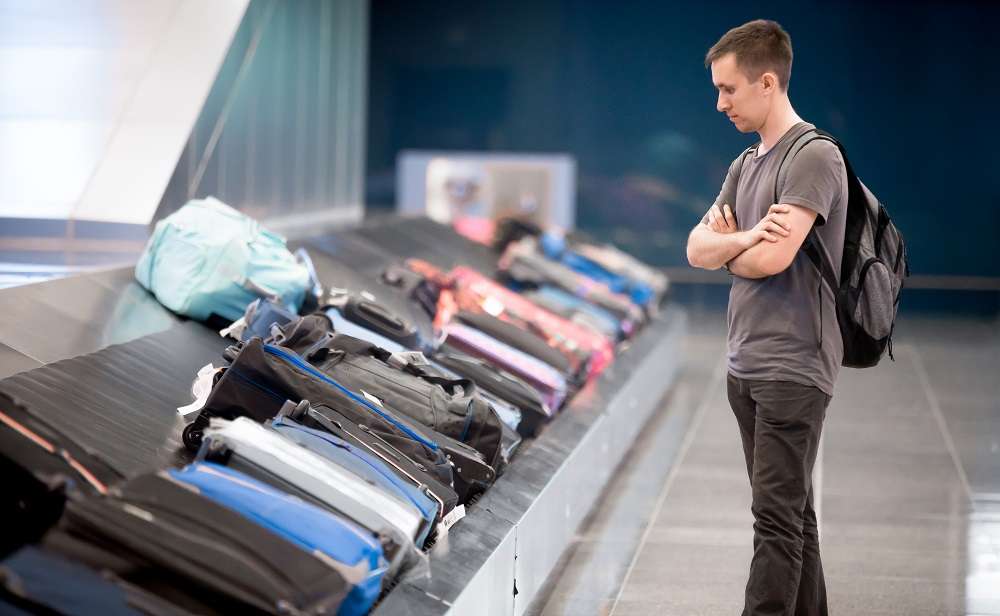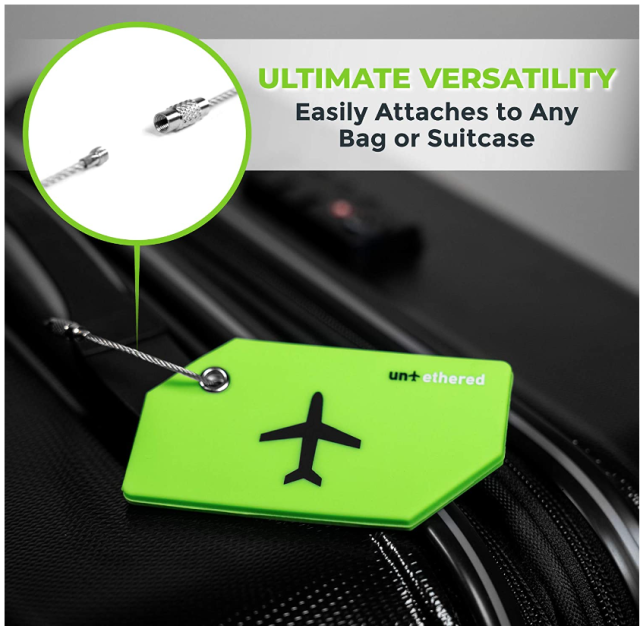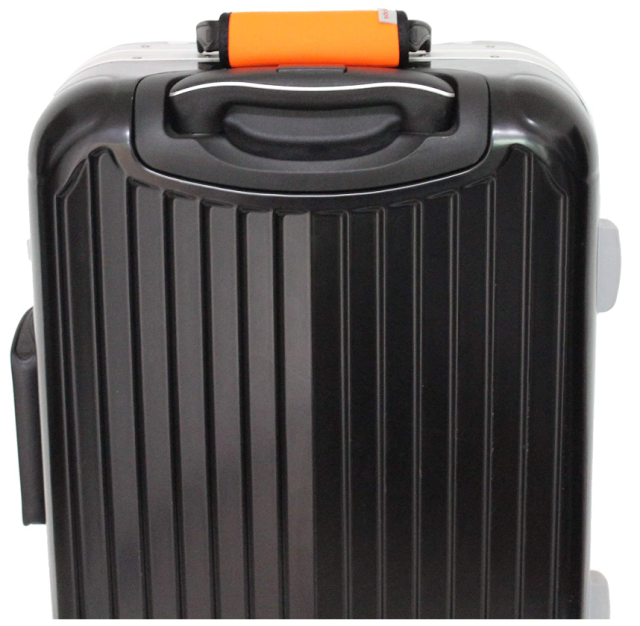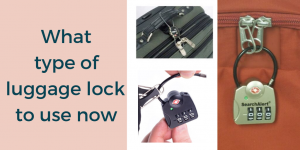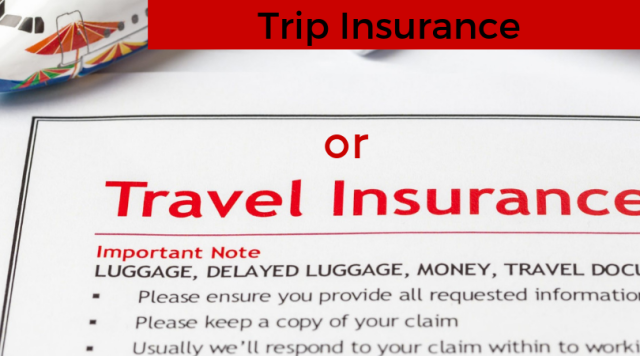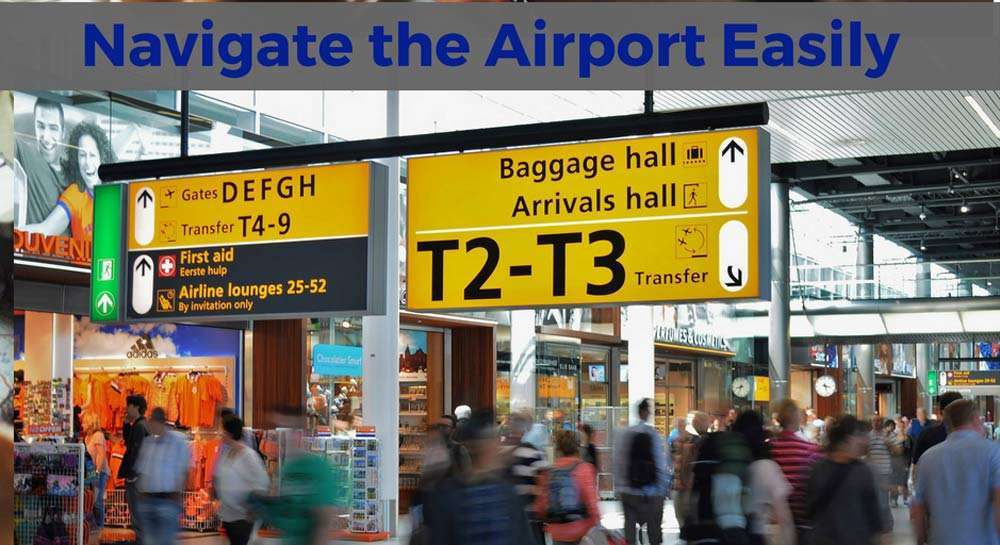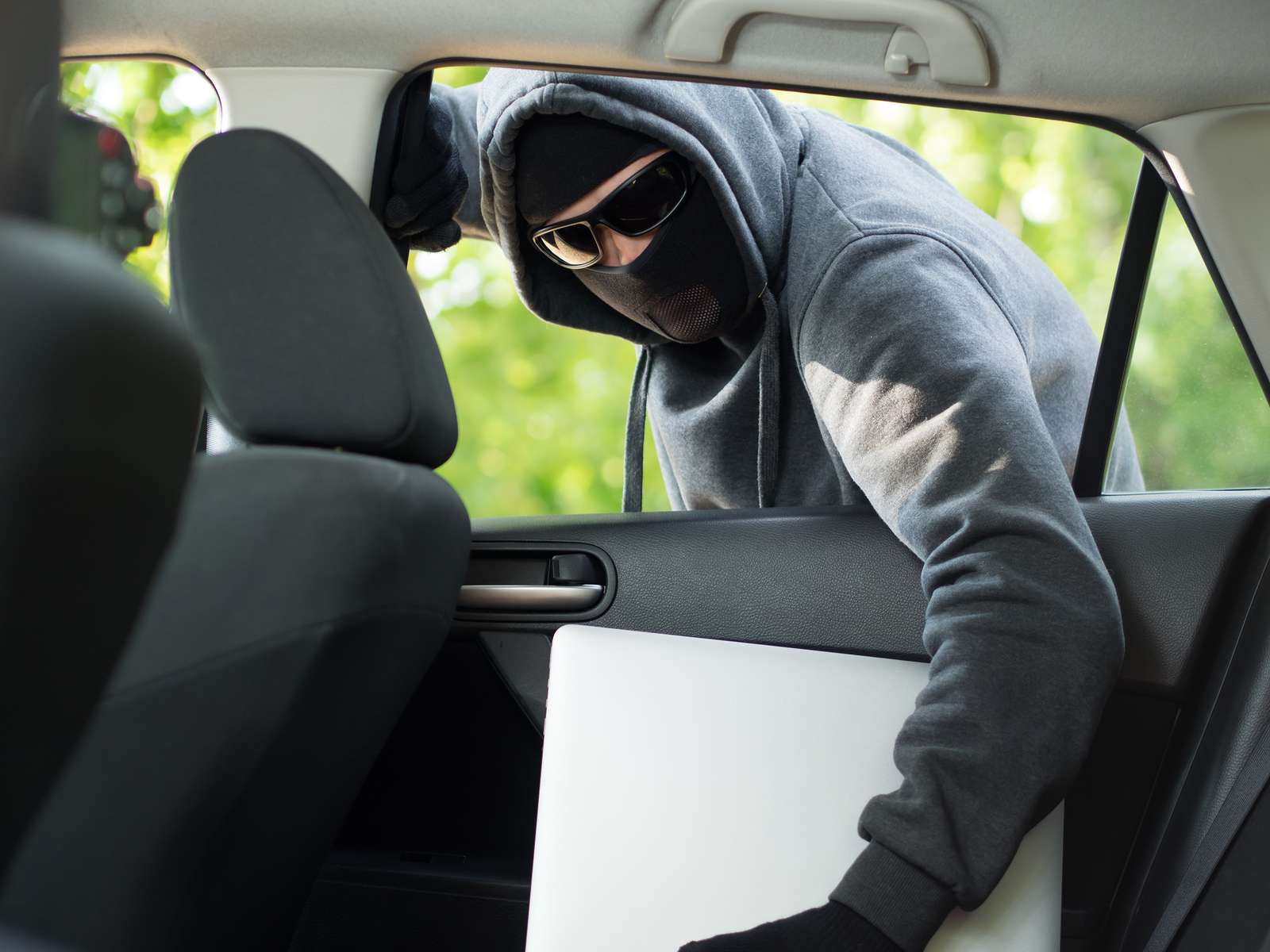You’ve paid the extra fee to check your bag, losing it would add injury to insult. Do what frequent flyers do to prevent lost luggage and help ensure your checked luggage arrives at your destination with you.
10 Tips to Prevent Lost Luggage
Every year two million bags are lost, damaged, delayed, or pilfered, according to “mishandled baggage” reports made by the largest U.S. airlines to the Department of Transportation. The good news is that airlines are doing better in getting your bags to arrive with you by using new technology like RFID readers. Here’s what you can you to help prevent lost luggage.
1. Arrive Early If you check a bag within 30 minutes of your departure time, it may not actually make it onto your plane. Follow the guidelines of the airline regarding the timing for checking luggage. Typically that means one hour ahead of time for domestic flights. International flights may require more time.
2. Keep the Receipt the Ticketing Agent gives You for Your Luggage. This is your Luggage ID number. Do not lose it or throw it out until you have your bag and checked the contents, only then should you discard it.
3. Use More Than One Luggage Tag Per Bag The key is to ID your bag in multiple places—outside as well as inside. Luggage tags get torn off during the handling process so having more than one on each bag you check will help prevent a lost bag. Use the paper tags provided by the airline carrier in addition to your own. Be sure to include your name, address, and phone number you can be reached while traveling. One frequent flyer puts his destination address and dates he’ll be there in case the bag needs to be delivered to him. Bag tags with wire attachment loops can withstand a great amount of stress.
4. Let Your Personality Shine Whether you buy a colorful handle wrap or just add a few stripes of bright duct tape, make sure your bag is different from the other bags. It signals you’re a savvy traveler who cares about your bag. Another option is to purchase a bag that’s not black (like the overwhelming majority), making it easier to spot in a roomful of luggage.
5. Remove all Old Stickers Remove all old barcodes, tags, or destination stickers from previous trips. Leaving them on doesn’t mean your luggage won’t go where you’re going, but why make it more difficult for baggage handlers,
6. Place Your Itinerary Inside Your Luggage Pack a copy of your itinerary inside your bag so that airline workers will know where to route your bag in case they find it and cannot get in touch with you. Tape it to the inside of your bag or place it in an envelope marked itinerary.
7. Take Photos of Your Bags and Gear Photograph or video the contents of your bag as you pack. Just lay everything out on the bed and take a few photos with your camera or phone. Not only will that help to identify your bag if it goes missing, but it will also help with claims forms if your suitcase is never found. Take photos of the bag exterior too.
8. Remove Extras Before checking your bag, take off any removable straps; this will decrease the likelihood of it getting snagged along the way of the baggage conveyor system. Make sure retractable handles are also depressed all the way. Make sure zipper pulls are locked down with luggage lock.
9. Watch Your Bag Get Placed on the Conveyor Belt Finally, don’t check your bag with the curbside baggage checker; go inside to the main counter to decrease the chances of a mix-up, plus you can see it go onto the conveyor belt. Now, most airlines have check-in kiosks inside where you tag and drop off your luggage with an airline employee.
10. Go to Baggage Claim Quickly There’s always the possibility that your bag could be stolen off the baggage carousel. One baggage thief stole smaller bags and quickly placed them inside a larger empty one to walk out with. Another took multiple bags and placed them on a bag cart to help hide while he pushed them out. This is another reason you want your bag to look different from all the other black bags on the carousel and be there to claim it the moment it comes off the belt.
11. Travel Non-stop or With Longer Layovers If you can manage it financially flying nonstop to your destination is the best option. If you choose a flight with a layover, consider one that has an adequate layover time for both you and your luggage to make the next flight. For US domestic consider 60 to 90 minutes and at least two hours for an international one.
12. Use a GPS Tracker Consider placing an apple air tag or android tile in your luggage as a secondary tracking system to the barcode system the airline uses. Be sure to do some research and understands how the trackers work using phone networks and bluetooth. It’s newer technology and it’s improving all the time.
If your luggage is lost, delayed, damaged, or stolen while in an airline’s possession
Immediately File a Claim If your bag is lost, stolen,, or damaged, be sure to file a complaint immediately with the airline’s baggage department. This must be done before you leave the airport. If you still can’t get satisfaction, or feel the need to report the airline, contact the Department of Transportation’s Aviation Consumer Protection Division.
Ask for Any Bag Fees Back According to DOT rules, airlines must refund any bag fees paid if your bags are permanently lost. Even if they are recovered and delivered to you late it can’t hurt to ask for reimbursement as compensation for the inconvenience of not having your bag.
Check Your Travel Insurance If you’re traveling internationally travel insurance can be very affordable if you compare it to the total cost of the trip. Understanding the differences between trip insurance and travel insurance is important. Seasoned travelers typically buy travel insurance and use a travel rewards credit card which can offer coverage of lost luggage as one of their perks.
Final Thoughts on Preventing Lost Luggage
Always pack medication and essential toiletries or electronics in your carry-on. If you’re traveling with a companion, place half of your clothes in their bag and visa-versa. That way if one bag is lost or delayed, you will still have some clothes to wear from the other bag. On a personal note, we recently did this and both of us had clothing while it took the airline 3 days to get us the missing bag.
Finally, if you’re wondering where lost bags go after they die, here’s your answer: UnclaimedBaggage.com!
Don’t pack valuables or breakables in checked luggage
The airlines really do an efficient job handling luggage and have handling protocols and training in place. However, sometimes, employees may handle luggage badly despite the airline’s best efforts. Newer styles of hard sided luggage can be more protective and resistant to mishandling and the baggage transport system than the soft-sided styles. If you’re still using soft-sided luggage with exposed zippers and pockets, which can get caught in the baggage system, look at upgrading to a bag with a non-fabric exterior
that has no exposed pockets or zippers as a first-line defense against rough baggage handling, pilfering, and the baggage transport system and of course protecting your contents. Most importantly, no matter the style of luggage you use, pack it as if you’ll never see it. Avoid putting valuables or breakables in your checked bag rather than opting to place them in your carry-on bag
instead.



